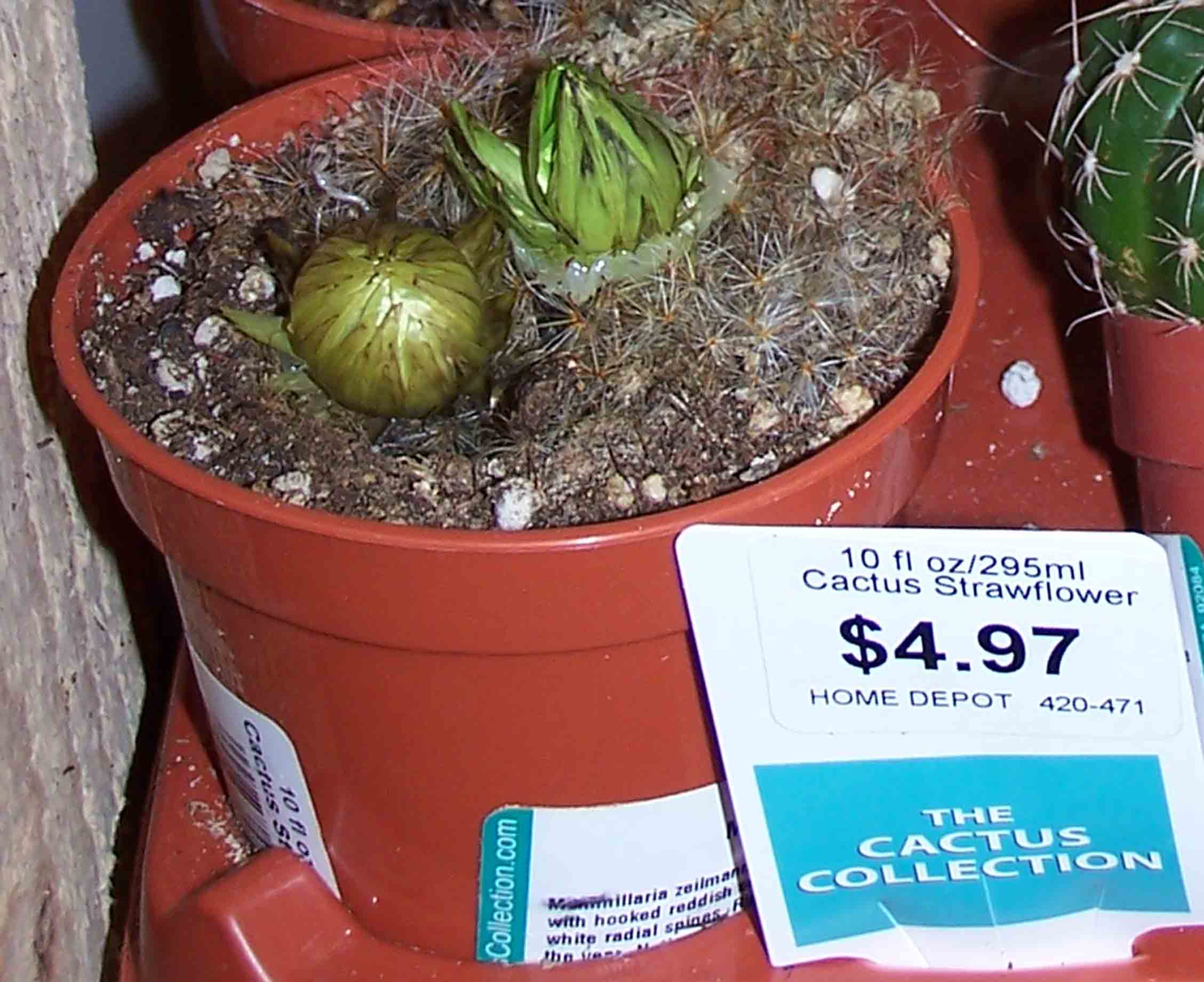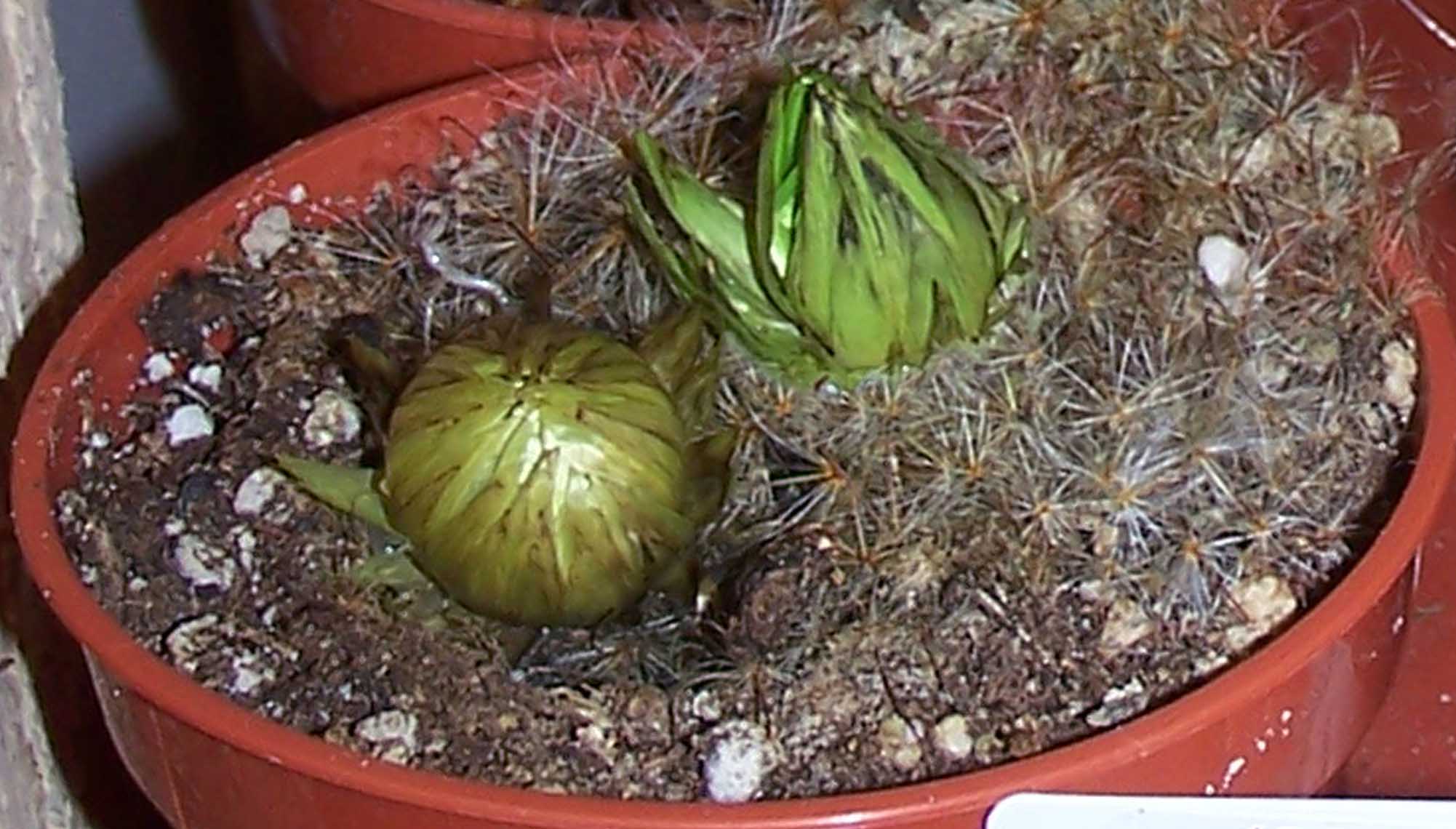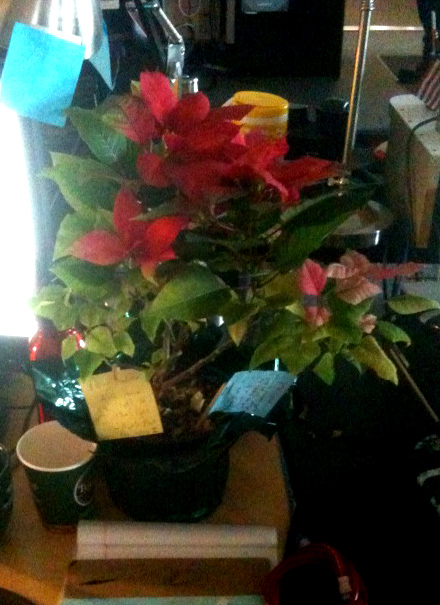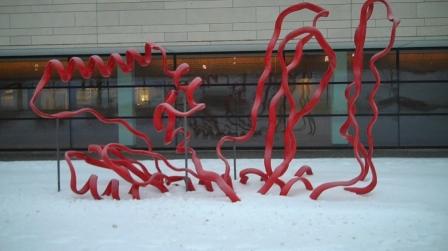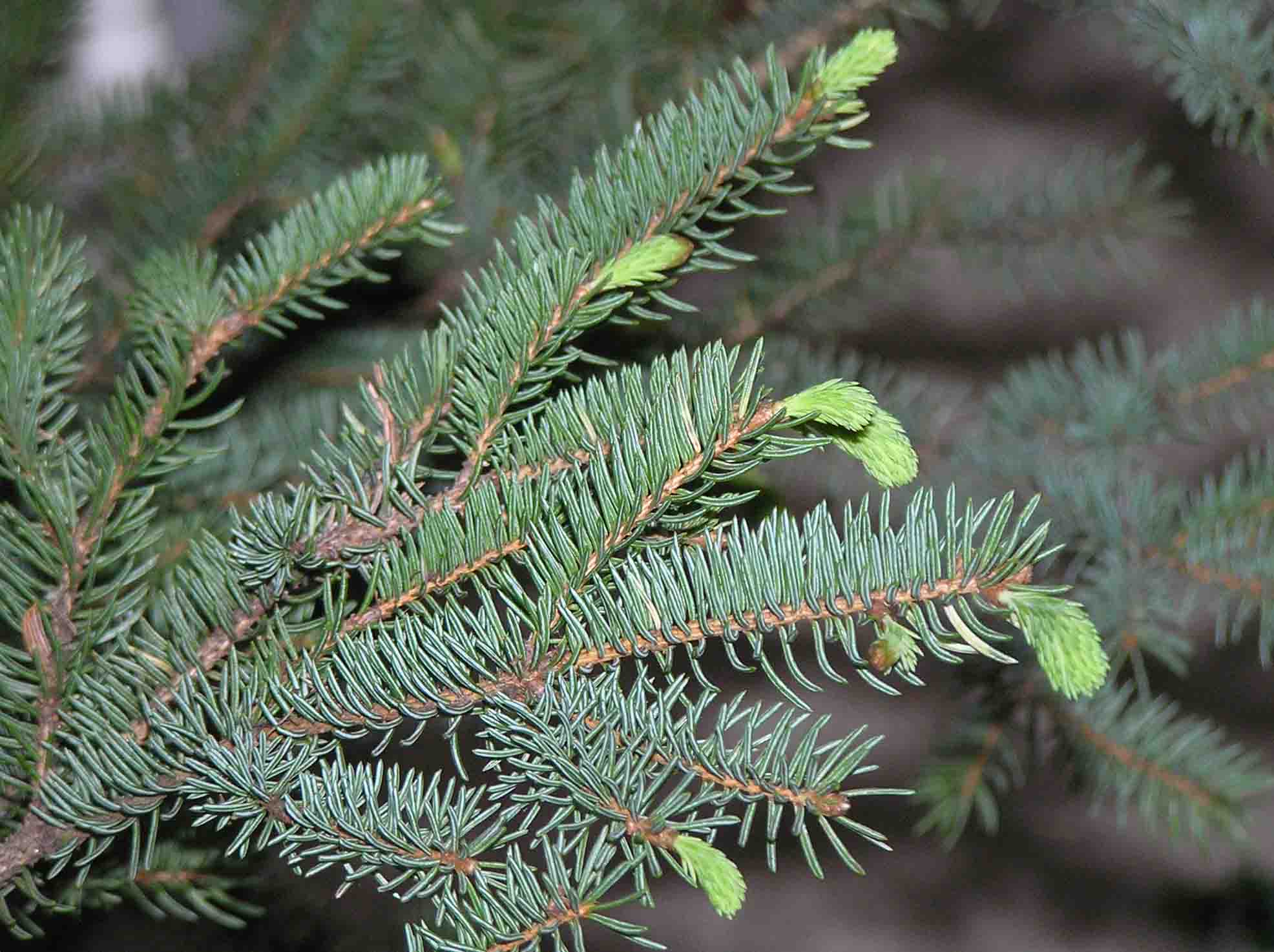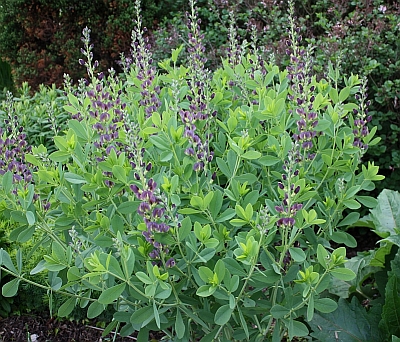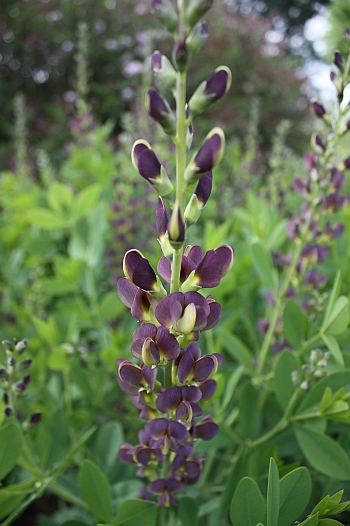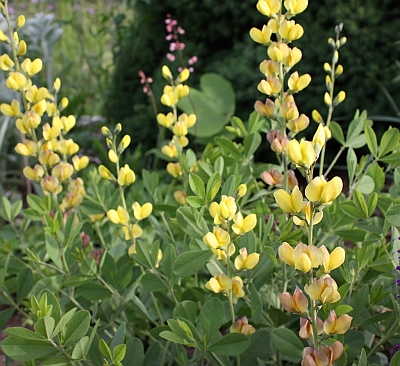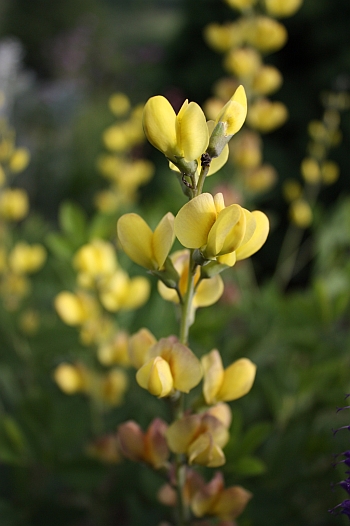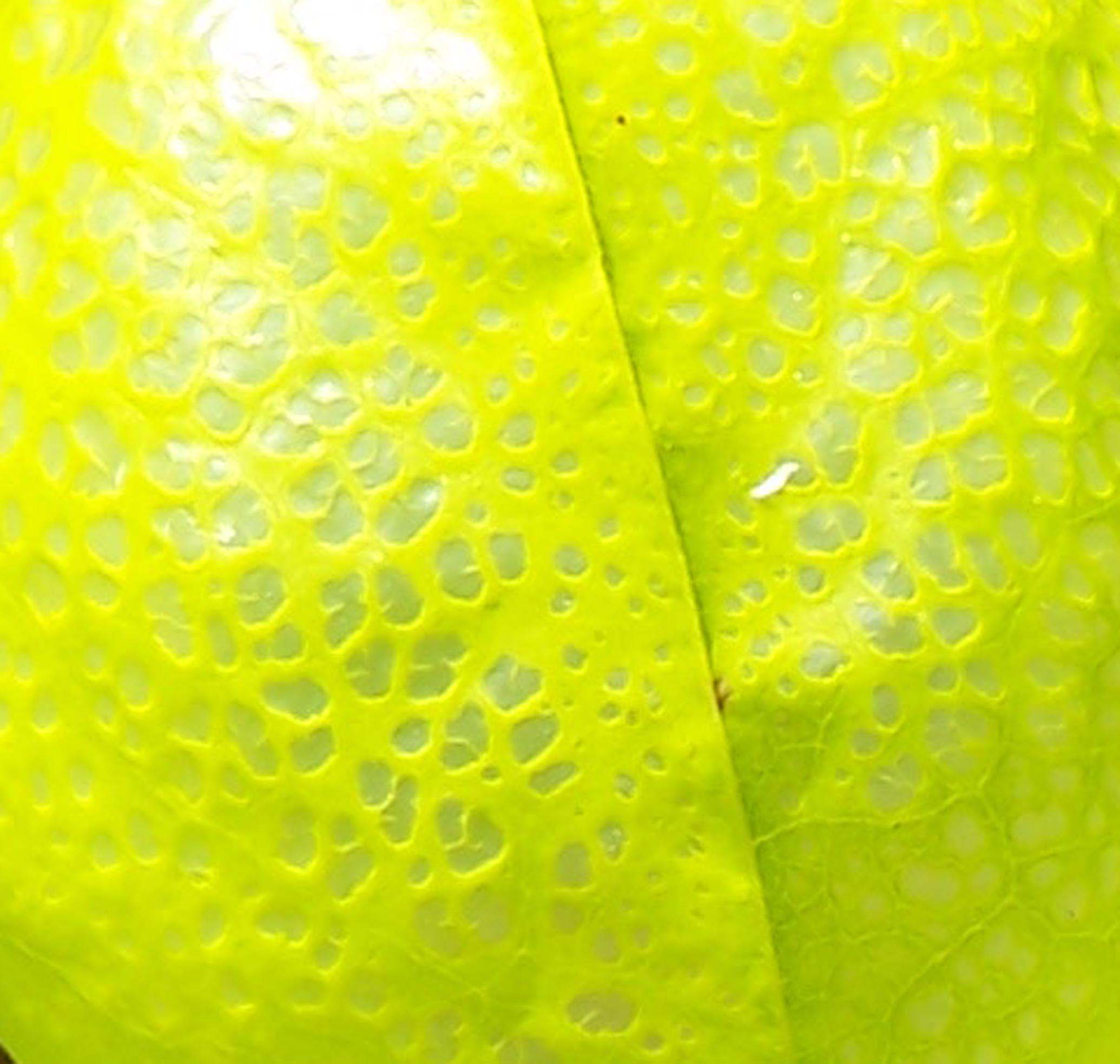
I’m pretty much a live-and-let-live person in terms of plant choices (as long as they’re not invasive). But I’m becoming convinced that oddities grafted onto hardy rootstocks are poor choices, because the rootstock always seems to win. I posted one of these several months ago (see October 28, 2009 ), but just today have just found the poster tree for my anti-rootgraft movement.
A little backstory. I’m currently out at the Washington coast, trying to get some writing and seminars done without disruption. Today I had to make a trip into Aberdeen, the horrors of which will have to wait for another post. Before going back to my retreat, I tried to renew my enthusiasm for life by seeking out bad plants. I was well rewarded.

I have to give my daughter Charlotte credit for spotting these lovelies. There were two of these $50 Betula pendula ‘Youngii’ trees available. I felt like I’d stumbled upon the next winner of “America’s Next Top Model.” I took pictures from every angle, full shots and close-ups, for your viewing enjoyment.

Note that the “unusual deciduous tree with pendulous branches” is a grafted tree, evidenced by the differences in girth at the grafting point. You’ll also note the appearance of vigorous watersprouts emerging from below the graft. (The bamboo stake to the left lost it function years ago, but is still adds an unexpected pop to the overall composition.)

And here she is in her full beauty! The “S” curve of the scion is bisected longitudinally by two watersprouts, forming a giant $! I do have to agree with the tag at this point – it certainly is “an excellent accent or specimen plant” for the Island of Misfit Grafts.
Finally, please enjoy yet a final reason I don’t like grafts:

(Hint: Note the glue glob.)

